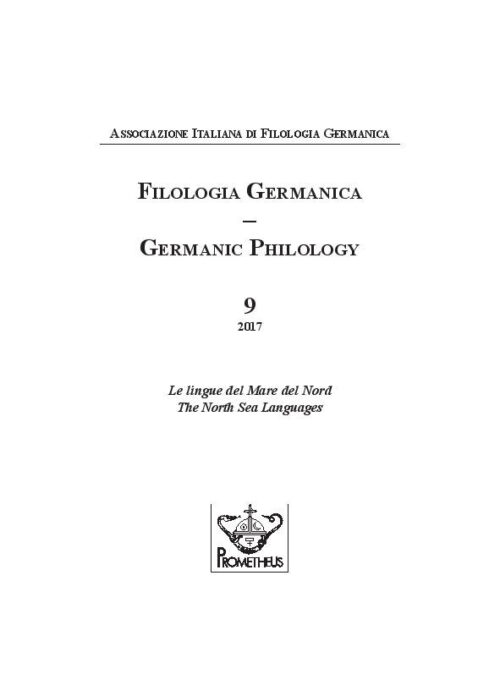Frisian substrate versus internal change in Western Dutch
DOI:
https://doi.org/10.14672/fg.v9i.2577Abstract
One of the main features which distinguish the dialects of western Dutch from their eastern neighbours, is the presence of an unrounded short vowel i or e in a number of words where the standard language displays rounded u, such as western brig(ge), breg(ge) for Standard Dutch brug ‘bridge’. In addition, some other western words show e(e) where inland dialects have rounded eu, such as krepel ‘cripple’ for StDu kreupel. Many scholars have argued that these unroundings in some way arose from the substrate influence of an early medieval Ingvaeonic or Frisian layer. Others have explained them as internal developments of the Franconian dialects which were not provoked by language or dialect contact. A renewed investigation of the evidence yields the following insights: 1. The unrounding of short u and that of long eu are two independent developments, 2. The unrounding of u is restricted to nominal ja- and jō-stems, 3. The unrounding of u was causally linked to a palatalised, geminate consonant following it, 4. The unrounding of eu is a more local change, provoked by dissimilation in the vicinity of labial and, sometimes, velar consonants. The restriction to ja- and jō-stems suggests that the palatal geminates arising from WGmc *Cj were phonologised as /C’C’/ early in Old Low Franconian. This led to an early layer of words with i-mutated */y/ which was then unrounded in western Dutch dialects. The exact process leading to the unrounded outcomes can be explained both in a substrate framework and in a dialect continuity scenario.
Pubblicato
Fascicolo
Sezione
Licenza

Questo lavoro è fornito con la licenza Creative Commons Attribuzione - Condividi allo stesso modo 4.0.
CC-BY-SA



